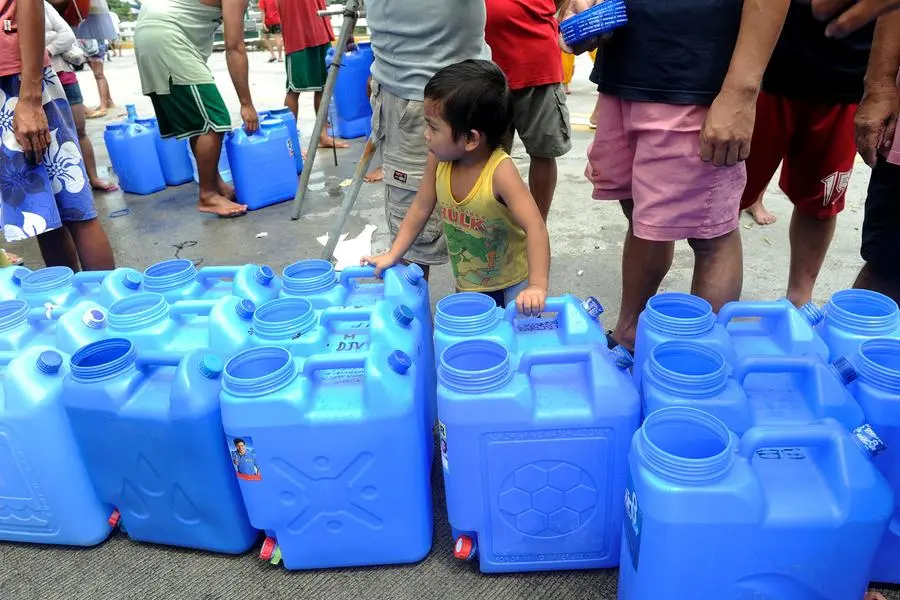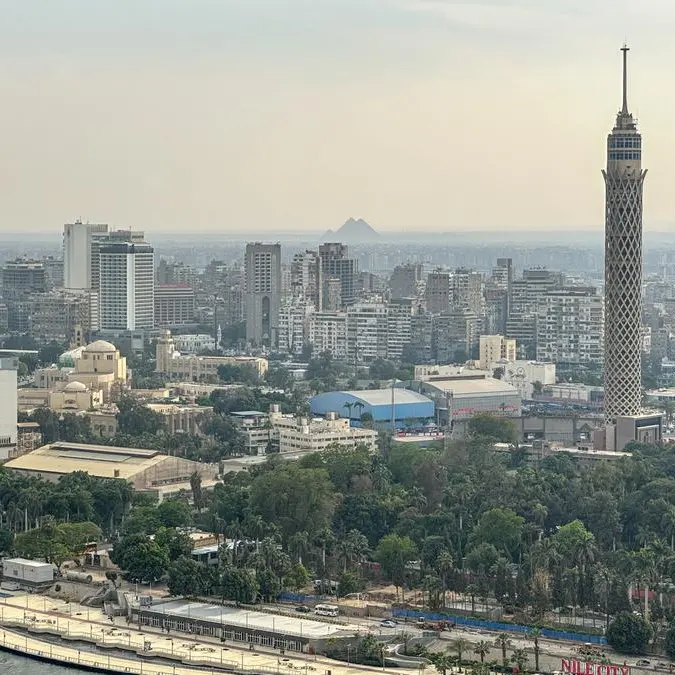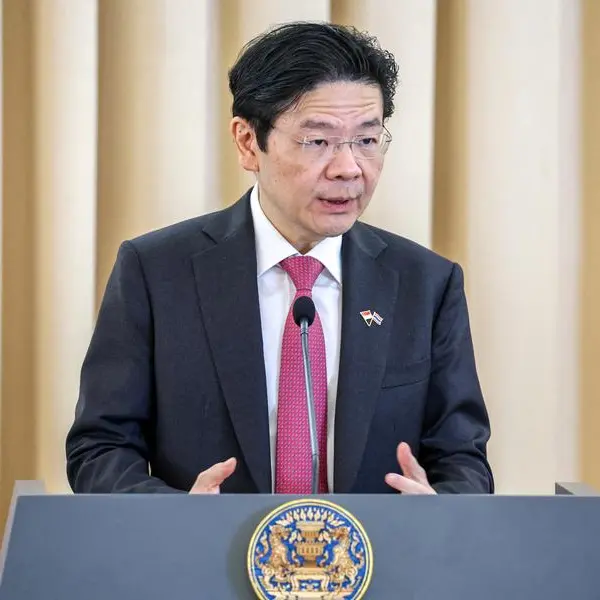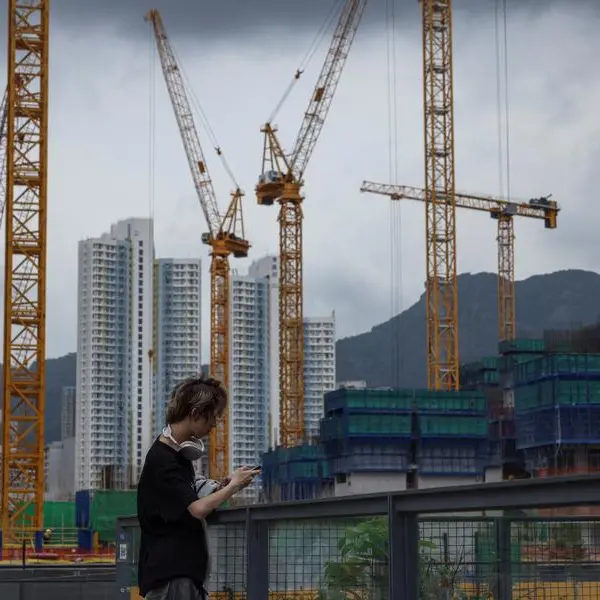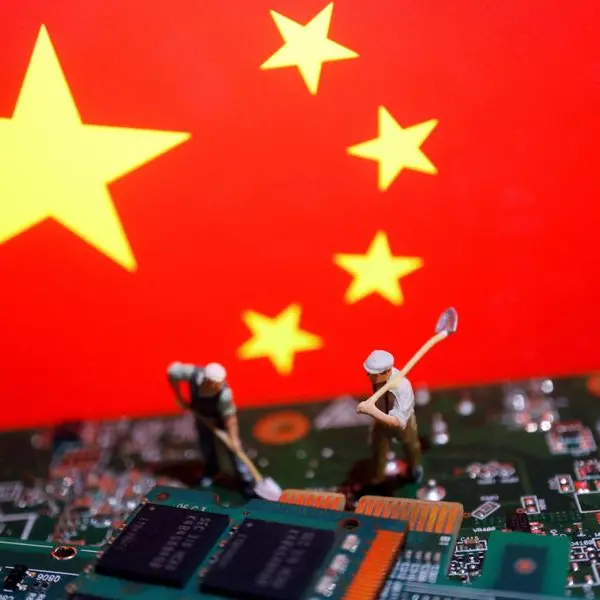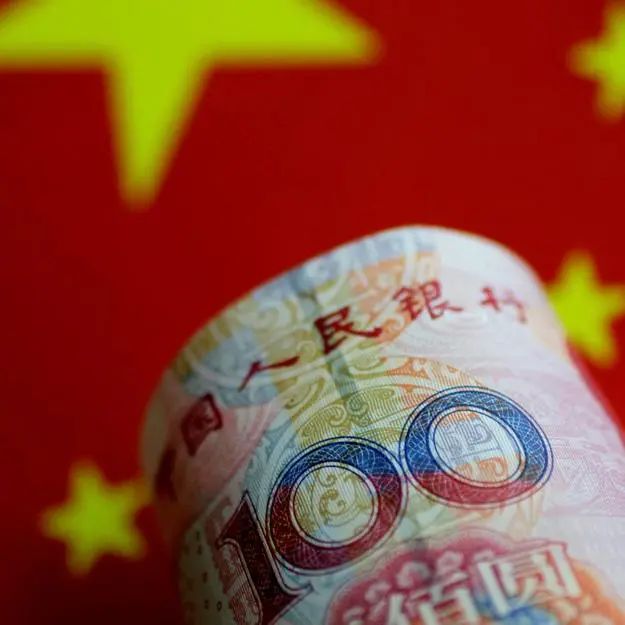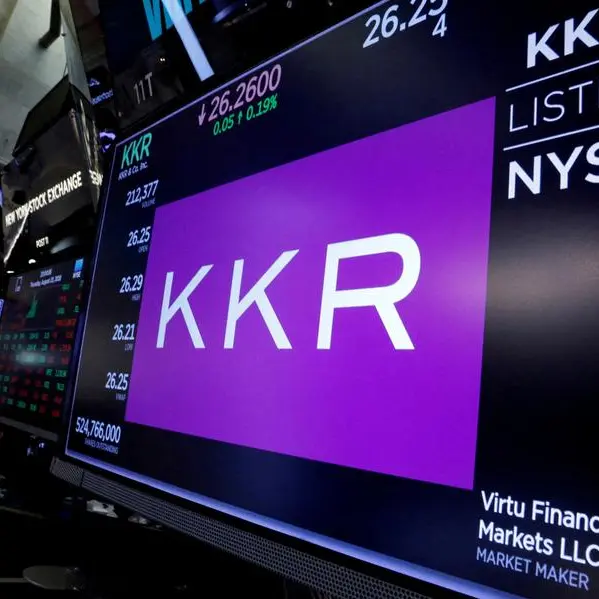PHOTO
As Malacañang first announced it last week, President Ferdinand 'Bongbong' Marcos Jr. (PBBM) is set to issue an Executive Order (EO) that will create a Water Resources Management Office (WRMO). According to the Presidential Communications Office (PCO) announcement, the new office will be created under the Department of Environment and Natural Resources (DENR). The PCO quickly clarified the new office will only serve as a transitory body pending passage into law of the bill seeking to create a Department of Water Resources (DWR).
The proposed establishment of DWR is one of the 19 priority administration bills that PBBM identified during his maiden state of the nation address at the joint opening of both chambers of the 19th Congress in July last year. Several administrations made similar attempts to create a full-pledged Water Department but it never got out of the legislative mills in the Congresses past.
To ensure sufficient water supply for the country, the incumbent Chief Executive approved the proposed establishment of a new water body during a multi-sectoral meeting at Malacañang last Wednesday. While the EO is still being crafted, the President instructed the DENR to coordinate with all existing water-related agencies to work together on the collaborative mechanisms on carrying out the creation of the WRMO.
'We have to bring them (various water agencies) together so that they are all following the overall plan,' PBBM cited.
Initially, PBBM identified the Metropolitan Waterworks and Sewerage System (MWSS); the Local Water Utilities Administration (LWUA); and, the National Water Resources Board (NWRB). 'So that whatever the relationship we come to with MWSS, the LWUA, and the Water Board, DENR and this new Water Management Office, it has to be cohesive in the sense that the recommendation of the management office must be followed,' the President pointed out.
Very clearly, the WRMO will be on top of the NWRB which is the foremost government agency that handles the Philippines water sectors' policies, regulations, and quasi-judicial functions.
Obviously, there is disconnect among the government agencies managing our country's resources for potable drinking water. As soon as the WRMO is set up, the President spelled out the priority actions of this new office: To find ways of reducing the country's reliance on groundwater and deep wells as well as managing surface water supply.
Recurring droughts and water shortage due to climate change and environmental destruction are very real concerns. But lack of coordination by various agencies managing our water resources often lead to conflicting priorities and lack of a cohesive plan.
'That's as far as I could tell. We have sufficient... there's enough water in the Philippines, we don't just use (water), we also waste it,' PBBM speaking partly in Filipino to express extreme dismay.
The President's main goal is to formulate an Integrated Water Management Plan (IWMP) that will integrate various plans of different agencies. It would also set policies and implement structural reforms on water management to address issues including the critical supply of fresh water.
The importance of WRMO - precursor of the planned Water Resources Department - cannot be overemphasized. In recent published reports, the MWSS said a water crisis looms in parts of Metro Manila if the proposed Kaliwa dam is not finished by 2027. In fact, Southern Metro Manila has long been suffering from poor water supply. It's now a common sight again to see tankers delivering water to different subdivisions.
But lack of clean, potable water is not only a problem in Metro Manila. It is replicated in many areas around the country, requiring large water projects including bulk water supply. In fact, several local government units (LGUs) enter into bulk supply deals to extract more water from underground sources. Such is unsustainable but even LGUs are now fighting over ownership of water resources. In Bohol, the towns of Sevilla and Balilihan are locked in a bitter dispute over the right to extract water from a fresh water spring.
Based on published reports, Sevilla Mayor Juliet Dano complained to the DENR that its neighboring town's waterworks project intruded into her municipality. Dano reported to DENR Secretary Antonia Yulo-Loyzaga that while Balilihan's permit from the NWRB allows it to install a water system in its own territory, it installed its pipes and is extracting water beyond its boundary from Bugwak Spring in Barangay Magsaysay, Sevilla, Bohol. The Mayor claimed her neighbor's project doesn't have a barangay clearance and lacks a building permit from the town of Sevilla - all basic requirements for such an undertaking.
During an ocular inspection last year, NWRB field inspectors confirmed that Bugwak spring and the facilities constructed to extract water from it are in Sevilla and outside Balilihan's jurisdiction. This prompted the agency to revoke the latter's permit. The case is now on appeal.
While issues like these are usually decided by a panel of NWRB field inspectors, lawyers and water experts, the case has been elevated to the NWRB's top governing body composed of the Secretaries of the DENR; Department of Justice; National Economic and Development Authority; Department of Science and Technology; and, a representative of the University of the Philippines-National Hydraulic Research Center.
Why should an inter-barangay dispute reached the agency's highest echelons of the NWRB and DENR? What's truly at stake in this bitter water dispute? Whoever or whatever is the motivation of NWRB in this case? It behooves upon its responsible officials to strictly apply the law and observe due process. The people of Sevilla town deserve nothing less. They might wake up one day to find their spring water all dried up already.
Sadly, our bureaucratic set up has been so fragmented in tapping the full potentials of our natural wealth like water resources that our country enjoys.
Copyright © 2022 PhilSTAR Daily, Inc Provided by SyndiGate Media Inc. (Syndigate.info).
